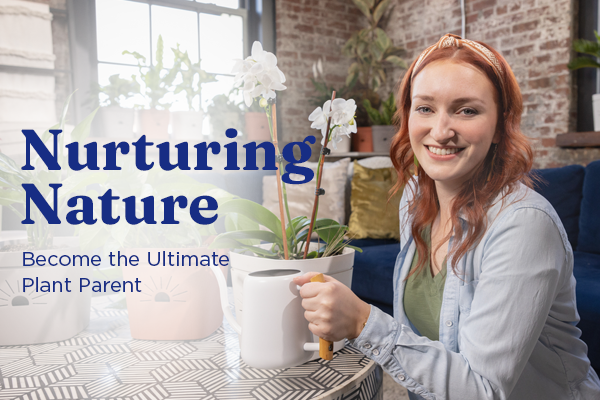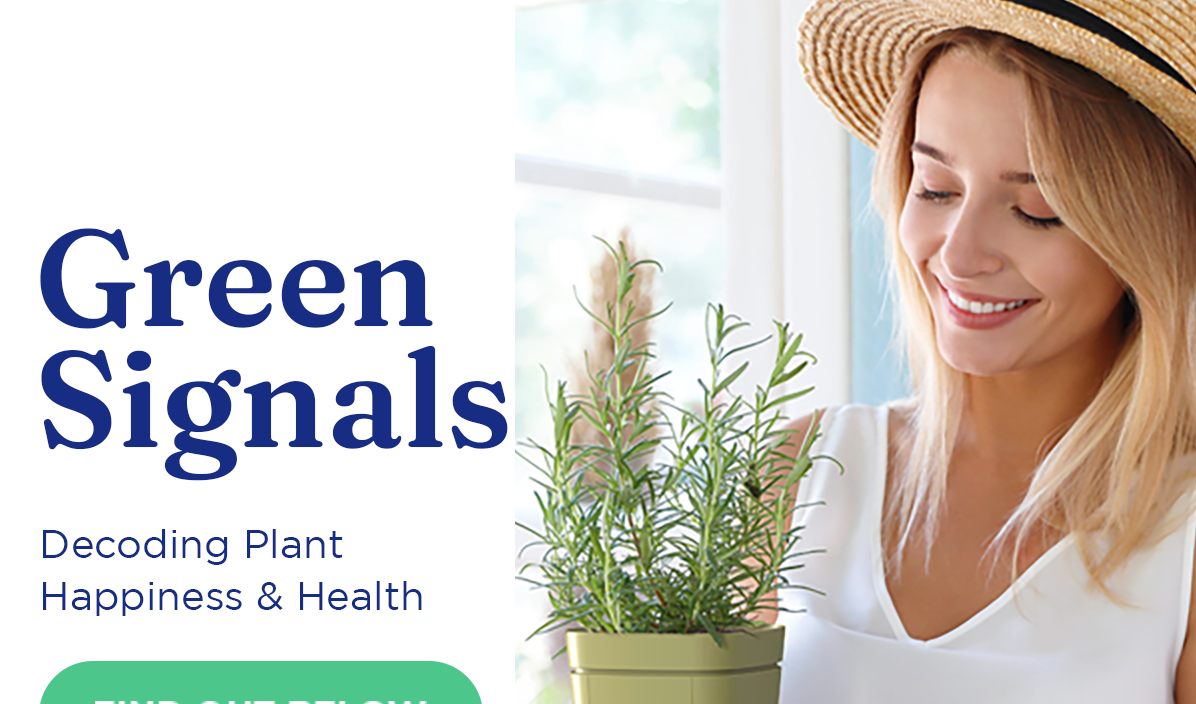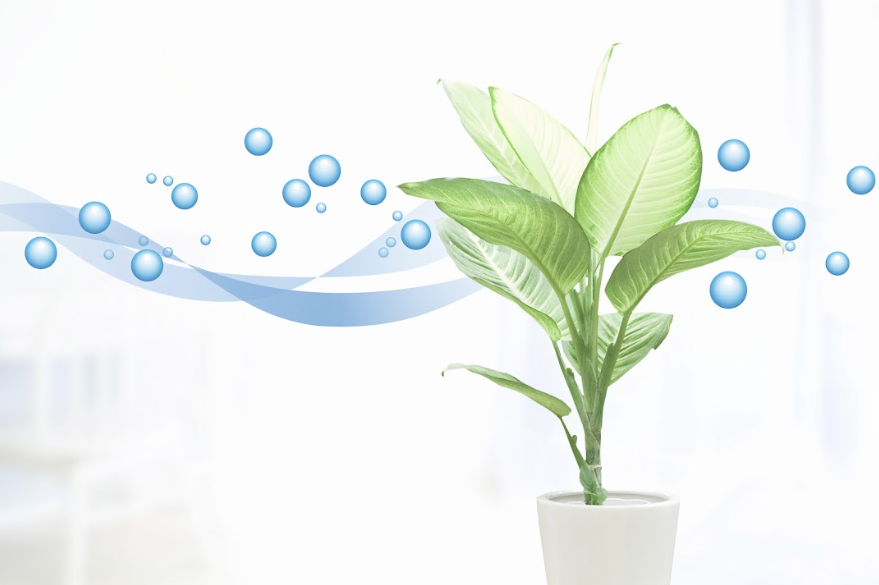What is it?
Root rot, also known as anaerobic root disease, is a common problem for many plants. It is caused by overwatering and a lack of oxygen around the roots. This overabundance of moisture encourages the growth of certain soil-borne fungi. This results in mushy roots that can no longer provide the necessary nutrients needed for healthy plant growth.
There are many strains of fungi that live in the soil. And most of the time, they are no trouble at all. But when their environment stays wet for too long, they start to multiply in excess and infect plant roots. The fungi grow throughout the roots consuming valuable carbohydrates, minerals, and nutrients and destroying the root tissue. The plant is now rendered unable to feed or water the above-ground portion of the plant.
Many of these fungal spores are able to spread from one host plant to another via wind, water, soil, gloves, and gardening tools.
Symptoms
Have you ever had a houseplant that wilted, even though the soil was still wet? This is one of the many symptoms that the roots are rotten and unable to send water upward into the plant tissues. Other symptoms of root rot include yellowing leaves, stunted growth, and discolored roots. With some particular fungi, you may see leaf curl and canker sores on the stems. You may also notice a foul smell emanating from the soil around the plant.
Sadly, root rot is usually lethal, and there is no treatment to reverse it. If a plant has lost its roots to rot, the only solution is to throw the plant away. This is particularly devastating when cherished houseplants, whether they are rare or have been with us for a while, suffer from root rot.
Why does it happen?
The short answer - traditional planter pots don't allow the plant roots to breathe. The long answer is, well, longer.
Traditional planter pots have a solid barrier. When the roots hit this wall, they continue around and around in an indefinite circle, never branching out. The types of roots that are generated in a conventional planter pot are thick and fleshy. These thick roots are not very good at absorbing water quickly, making the plant highly susceptible to rot.
The fungi living in the soil love it, though! They thrive in this moist environment and multiply. This soil-borne water mold causes an infection in the plant, inducing root rot and death.
If a plant could design a utopia, it would create a container with plenty of oxygen around the root ball. The roots would come in contact with this dry air and be encouraged to branch. The lateral roots would then grow hundreds of tiny feeder roots and root hairs. This luscious root ball covered in fine root hairs would efficiently and quickly absorb water rather than sitting in it for long periods of time.
How Does Rot Start and Develop in Houseplants?
Root rot starts with overly moist soil. In our plant utopia, water is provided when needed, the feeder roots consume the water quickly and nourish the plant, and oxygen is freely flowing all around the root ball. Traditional plant pots do not provide this ideal condition. Instead, they supply the perfect setting for dormant fungal spores in the soil to wake up and wreak havoc.
If you add heavy soil to the mix, unhygienic gardening practices, and warm weather, you can very quickly have a big problem on your hands.
How Do You Prevent It?
Plant Babies - When you're shopping for new plants, it's important to inspect them carefully and look for signs of root rot. Make sure the roots are white and healthy looking with no brown or mushy spots. It is best to buy small young plants that have plenty of room in their pot to promote further root growth. Avoid purchasing any plants that appear pot-bound - this means that their roots have already filled up the entire container, and there is not enough space left to allow them adequate room to spread out. If they are too tightly packed into a pot, chances are they will suffer from root rot much sooner than expected.
Correct Container - When transplanting your new plant baby, it is important to choose a container that will allow for maximum oxygenation. Containers designed specifically for air root pruning are ideal as they provide more oxygen around the roots and discourage overgrowth. These containers help create healthy, fibrous roots, which promote better nutrient absorption and overall healthier plants. Additionally, these containers also limit water logging in the soil, which eliminates root rot.
Correct Soil Type - Use the appropriate soil type for your plant. Individual plants originating from different habitats have various abilities to withstand soil moisture. For example, plants accustomed to desert conditions will be more vulnerable to root rot at drier levels than those that have evolved in tropical climates. In other words, succulents and cacti should not be planted in a soil mix made for ferns and begonias.
Keep it Clean - Prevent root rot in your houseplants by using sterilized soil. Do not rely on any soil from your garden, as this can contain fungi that will encourage the development of root rot. Sterilized soil should be used instead. If possible, purchase a pre-sterilized potting mix or create a mixture yourself using sterilized loam, peat moss, sand, etc. Additionally, once you have purchased or created your own sterile soil mixture, make sure to keep it in a sealed container before planting.
No Old Soil - To prevent root rot, it is essential not to reuse potting mix. This is because reusing potting mix can spread fungal spores throughout the soil, leading to an increased risk of infection for the plant roots. It's better to use fresh soil that hasn't been exposed to any fungus or bacteria when starting a new planting project.
No Old Water - When watering plants, use fresh water for each one. Do not reuse the same water that has drained from one plant to water another. This is especially important in cases of root rot as reusing drained water can spread fungal spores and cause further damage to affected plants or spread disease to other nearby plants.
No Standing Water - Perhaps the most important tip is to never let your plants sit in water. With the proper container, this is a non-issue. Air root pruning containers that also have a water reservoir are ideal because they encourage a superabundance of feeder roots. These feeder roots take up moisture quickly and thoroughly, making root rot nearly impossible.
Disinfect - It is important to clean and disinfect your garden tools, pots, and gloves often. This helps to prevent the spread of disease from one plant or area of the garden to another. Tools should be washed with soapy water followed by a 10-minute soak in a solution consisting of 9 parts water and 1 part bleach. Pots can be cleaned with this solution and then rinsed off completely before being air-dried in the sun. Gloves can be laundered on a hot cycle using detergent.
Why Is Oxygen Important?
Humans need oxygen to live, and so do houseplants. Plants use oxygen to photosynthesize and convert food into energy. They need fresh air both under the ground and above.
When the soil is overly saturated with water, oxygen can be denied to the roots leading to root rot, stunted growth, and lower yield in crops. Less oxygen means weaker plants that are more susceptible to disease, pests, and other stressors.
Without enough oxygen in the root zone, root failure becomes an issue. When roots fail, it causes stress to the plant. Without healthy oxygenated roots, plants cannot absorb water, minerals, or other nutrients. Ultimately the lifespan of the plant is greatly reduced.
As all commercial greenhouse operators will tell you, root zone oxygenation is key to disease-free, productive plants. The same advice is true for houseplant enthusiasts and home gardeners.
How To Get Root Zone Oxygen
In a traditional type of pot, there is no way to supply ideal root zone oxygen. The solid barrier of these pots does not permit the free flow of oxygen around the plant roots. As we discussed above, conventional planters encourage plants to grow in a tangle, stay wet, and become pot-bound.
For ultimate root zone oxygen, a pot with aeration around the root ball is necessary. This type of pot will stimulate air root pruning. During this natural process, the root tip comes in contact with dry air (you can see why this is impossible in a regular pot), and the tip of the root dries up. This sounds bad, but it is extremely good! After the root tip dries, it sends a signal to the plant to branch. Branching means extra roots, each with new feeder roots and root hairs. More feeder roots are very, very good news.
To learn more about feeder roots and what they do, click here to read our in-depth article on the subject.
Conclusion
By following these simple tips, you can have the peace of mind that your plants will remain healthy and free from root rot. You will no longer have to worry about common pests and diseases that plague houseplant lovers around the world. Instead, you can focus on propagating more beautiful plants and creating an even bigger garden oasis in your home. With a little bit of knowledge about soil types, watering habits, and air circulation, you can ensure years of plant health without having to deal with the dreaded root rot!


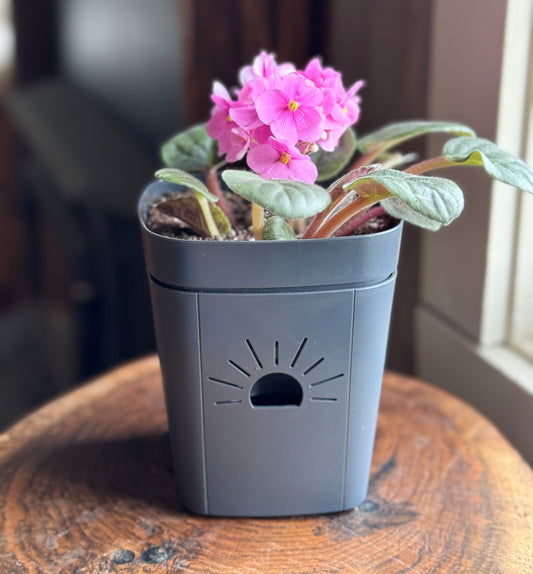
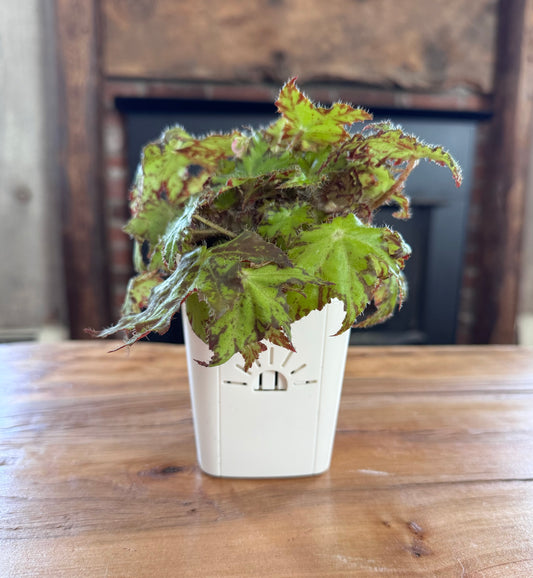

 Verified Buyer
Verified Buyer







